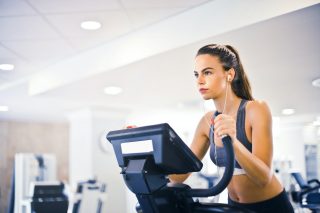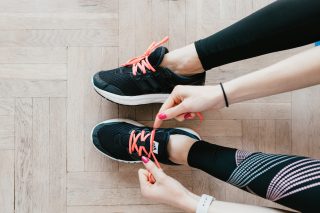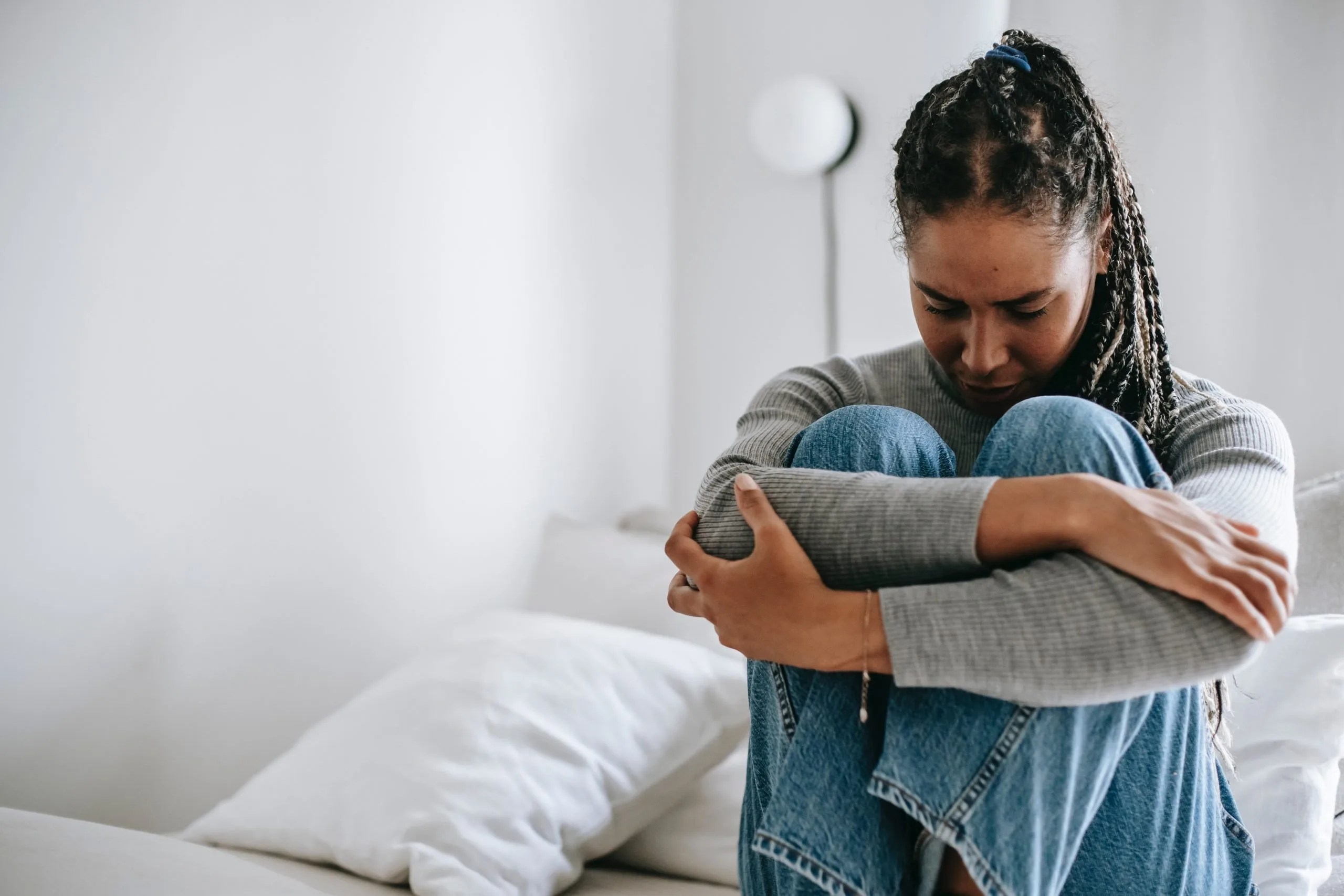For most women, ‘that’ time of the month is unpleasant at best. Many women experience heavy and painful periods. Any woman who has dealt with a painful period is likely to tell you that going to the gym was the last thing on her list of things to do. Let’s be honest, staying in bed with a warm compress and some comfort food sounds far preferable.
But this could actually be the wrong way to go about things. Whilst eating your favorite comfort food in bed is likely to cause bloating, a good workout can actually help to reduce it. It might be worth thinking about swapping out your plans for relaxing on the bed or the couch with a good sweat session at the gym. It also needs to be said that you need not overdo it at the gym. Just working up a sweat will reduce bloat and likely improve your mood.
What kind of exercise do I need to do?
Literally, any exercise is better than none. If you’ve managed to get yourself to the gym whilst on your period, give yourself a high five. If you really want the best results though, high-intensity training is the answer. Alyse Kelly-Jones, M.D commented to Shape magazine that this is because high-intensity exercise (HIIT) releases more endorphins. And of course, endorphins are vital when it comes to feeling good. Endorphins can help to reduce pain and inflammation. They also get rid of chemicals which are produced during menstruation called prostaglandins. Prostaglandins cause “inflammation, muscle contractions, pain, and fever”.
Another major reason to choose a HIIT workout rather than a gentle yoga session is progesterone and estrogen. When menstruating, progesterone, and estrogen levels are at their lowest. This essentially means that “your body is able to access carbohydrates and glycogen more easily”. These essentially act as the fuel for your body. Easier access to fuel means that it’ll be easier for you to power through a more difficult and intense workout.
So, Cardio or Strength Training?

Photo by Andrea Piacquadio from Pexels
If you’re looking to reduce PMS (premenstrual syndrome) symptoms then you need to go for a cardio workout. So a turn on the treadmill will be very beneficial here. The reason behind this is the correlation between aerobic activity and the “severity of PMS symptoms”. Experts have discovered that when aerobic exercise increases, PMS symptoms decrease. However, when anaerobic exercise (strength training) was analyzed, it did not have the same impact.
Could regular exercise help to lighten my flow?
The short answer here is actually yes. Kelly-Jones mentioned to Shape magazine that moderate, regular exercise can actually aid in reducing flow. Essentially, this works because low body fat also means lower estrogen levels. Estrogen is a hormone that stimulates the growth of the uterus lining, which is what sheds during the period. Less estrogen means that the uterus lining doesn’t become as thick which results in a lighter period. However, this is not immediate. This will only come as a result of a sustained healthy diet and exercise routine which results in a low body fat content.
Can it help with my symptoms?
Having a good session in the gym during your period can help with other symptoms that are associated with menstruation. This includes relieving abdominal bloating. Bloating itself stems from an excess of water being held in the body. When you exercise, you release that excess water in the form of sweat. Some studies have also indicated that better physical fitness is also linked with fewer PMS symptoms. Research has shown that working out three times a week (heart rate must be increased) can result in a reduction in common PMS symptoms, such as “headache, fatigue, and breast pain”.
The release of endorphins associated with exercise can also aid in enhancing your mood and making you feel happier in general. Periods can also be extremely painful for some women. Regular exercise can actually help to combat painful periods (dysmenorrhea). This reduction in pain can even be achieved through light walking. This is good news because a HIIT workout is unlikely to appeal when you are in severe pain.
It’s also worth mentioning that you need not reduce your workout intensity during your period. Kelly-Jones says the idea that women are unable to maintain the same level of exercise intensity during periods is a total myth. Unless you bleed heavily and thus struggle with anemia (iron deficiency) which could cause severe fatigue there is no reason to worry.
Final word

Photo by Karolina Grabowska from Pexels
Ultimately, your period is probably the best time to grab your sneakers and head to the gym. You might not feel great when you leave the house. But it’s almost guaranteed that you’ll feel better afterward. A high-intensity cardio-based workout could really help reduce the pain and discomfort associated with menstruation. Consistently working out between two and three times a week could help to reduce body fat and thus, make for a lighter flow. However, having said all of this. If you’re really not feeling up to a big cardio session, don’t beat yourself up. Periods can be really tough and even a light walk could help to reduce pain and inflammation in the case of very painful periods.
References:
https://www.healthline.com/health/exercise-during-period#benefits
https://www.health.com/condition/menstruation/5-things-to-know-about-exercising-during-your-period
https://www.shape.com/weight-loss/tips-plans/you-dont-have-do-cardio-lose-weight-theres-catch





![women [longevity live]](https://longevitylive.com/wp-content/uploads/2020/01/photo-of-women-walking-down-the-street-1116984-100x100.jpg)









